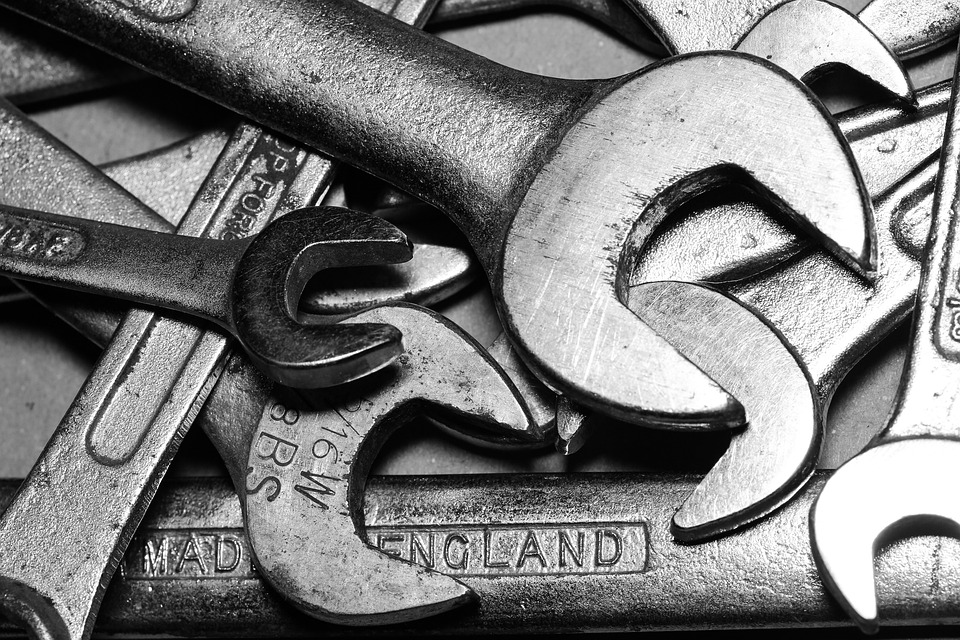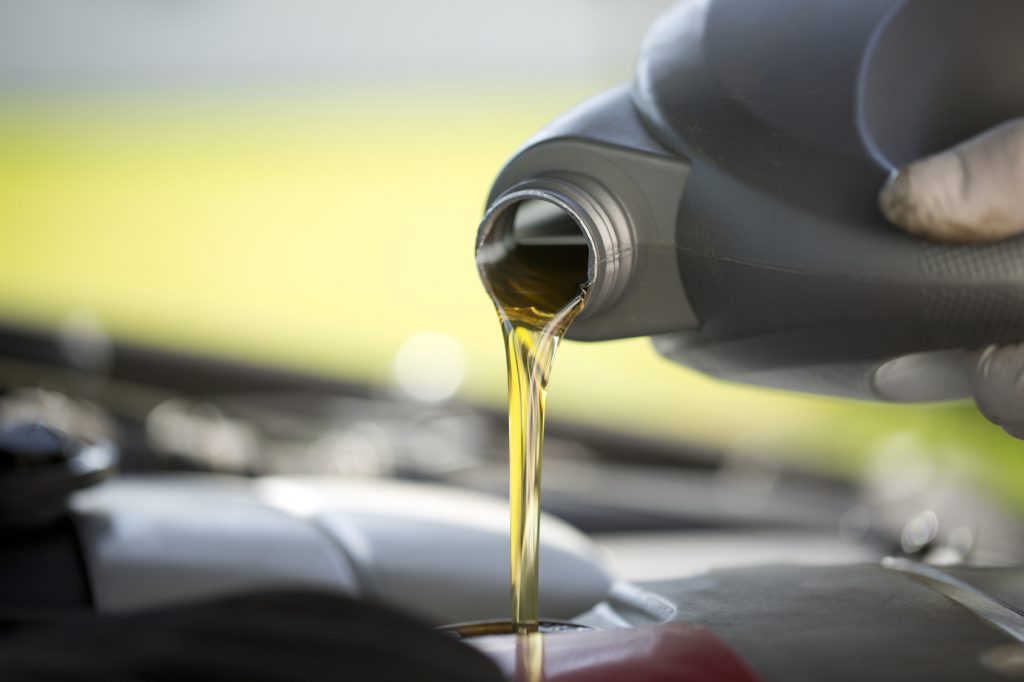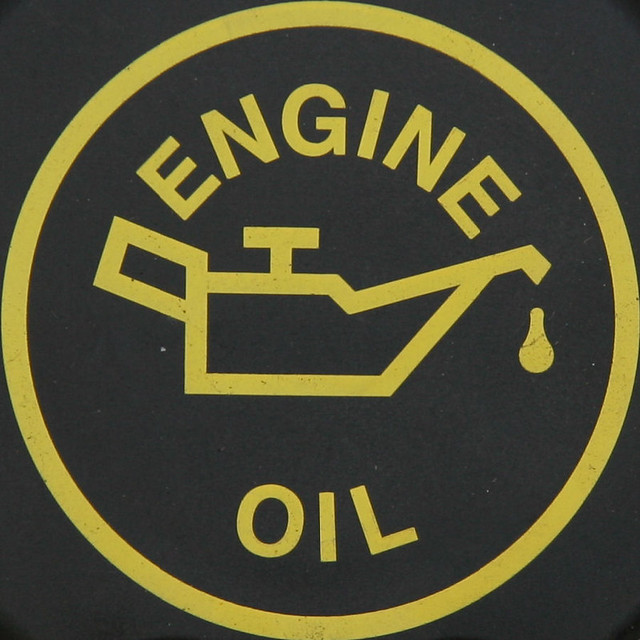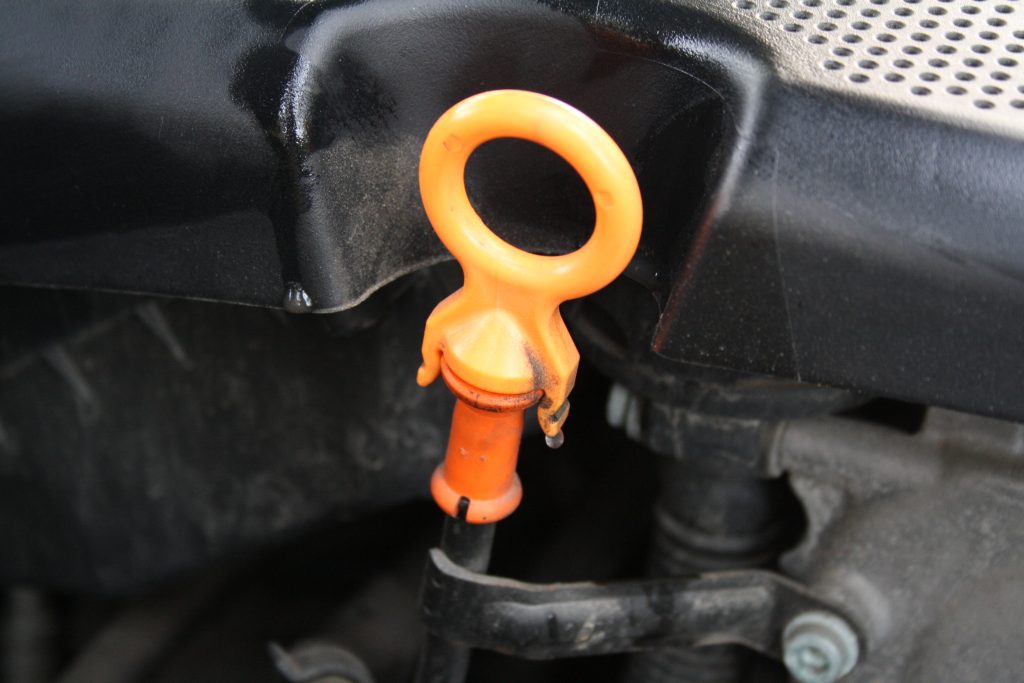It is an easy routine maintenance operation and is carried out every 10,000 kilometres on average. It consists of replacing used oil with new oil, which is necessary for engine lubrication.
This mileage is indicative and may vary depending on the model or type of energy (gasoline, diesel). In case of doubt, you should refer to the car’s operating manual.
1. Don’t Put the Vehicle on an Inclined Surface
For all the oil contained in the tank (carter) to flow, you must park the vehicle on a flat and horizontal surface. In this way, all residues suspended in the oil are eliminated. There is no question of operating on an inclined surface, or by parking the car on a sidewalk, leaning towards the street.
It is crucial to change the filters regularly to ensure proper removal of impurities from the air, oil and fuel; otherwise, the engine can become clogged. The motor may deteriorate rapidly as you will notice reduced performance and increased fuel consumption.
2. Don’t Forget Your Tools

Nothing is more annoying than getting under the vehicle, the oil has started to leak, and realizing that you have forgotten a tool or an accessory. Here is the checklist of everything that must be at hand, before the start of operations:
- the right key number is needed to unscrew the drain plug under the car;
- an anti-seize spray product if the cap resists;
- a stock of wipes;
- An empty container/bucket which is big and solid enough to contain 3-4 litres of oil. Place the bucket on a cardboard box to avoid staining the floor.
Good to know: the oil change is completed when the oil level is at the upper mark on the dipstick.
3. Don’t Drain the Oil When the Motor Is Too Hot or Cold
An Engine That Is Too Hot or Cold
Contrary to popular belief, the draining is never carried out with a cold engine. Indeed, when cold, the oil is viscous and will stagnate more in the crankcase instead of flowing out. When hot, there is a real risk of burning, and oil is still present at the top of the engine. In both cases, the draining would be incomplete.
Good to know: engine oil has 4 functions

It allows:
– a reduction in friction, which improves engine efficiency;
– protection of mechanical components against wear and corrosion;
– the removal of impurities thanks to the oil filter and the drain;
– heat evacuation to prevent the deformation of parts.
Tip: with a hot engine, count half an hour after switching off the engine to begin to work on it. You must be able to touch the metal parts underneath the engine without getting burned.
An Excessively Fuel-Inefficient Vehicle: 7 Things to Check
4. Forget to Oil the Cap
Draining Is Essential for Two Reasons:
(i). the lubricant is loaded with particles of internal and external pollution (wear metal particles…);
(ii). the oil degrades with time.
Before reassembling the plug and tightening it, the thread must always be coated with engine oil. An oil-soaked cloth will do just fine. This simple precaution will significantly facilitate subsequent disassembly since the cap will not seize.
Engine lubrication requires a suitable oil, there are three categories, depending on the vehicle model:
1. semi-synthetic oil ;
2. 100% synthetic oil;
3. mineral oil.
Good to know: once the oil change is done, make sure there are no leaks under the car.
5. Environment Destruction: Actions to Avoid
Throwing the Engine Oil into the Environment
Used oil is loaded with hydrocarbons, and is particularly polluting. It is particularly toxic and can harm both health and the environment. Avoid plastic gloves; if the oil is hotter than expected, they could melt on your hands. The best thing to do is to wear old DIY gloves.
It is estimated that 5 L of used oil pollutes several hundred litres of water. It is strictly forbidden to empty your dirty oil into the sink, the sewer, or to throw your canister in the garbage. Waste collection centres are required to accept used oil — car centres, garages and petrol stations too.
Attention: any offender is liable to a fine according to the Environmental Code.
Tip: what if you use the drain oil to revive dull exterior plastics? When applied by brush to old bumpers, it works wonders to give you that glossy look finish.
A do-it-yourself oil change is economical and easy to do. For more information, see your car repair guide. Find out more about the world of cars and vehicles through this blog. From simple motor vehicle hacks to outstanding tips on car repair, there is a plethora of articles to read and apply. Jot down your request in the comment section below if you would like to read something in particular.




One thought on “5 Mistakes to Avoid When Changing Engine Oil”